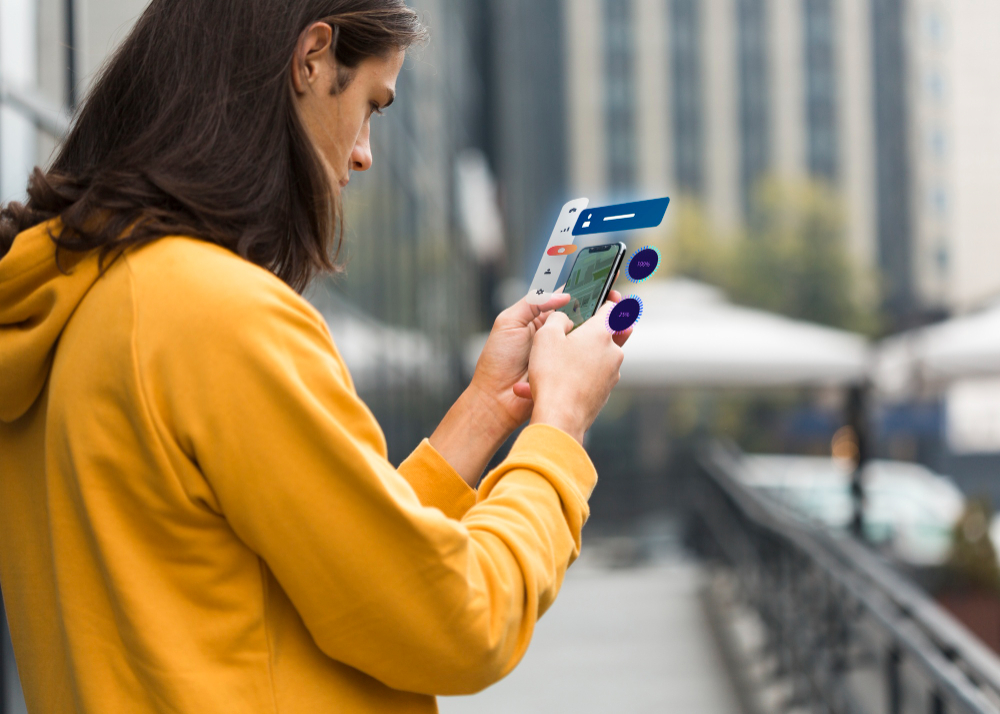
Introduction
Hey there! Curious about how those nifty phone monitoring apps actually work? Whether you’re a parent wanting to keep tabs on your kid’s digital adventures or a business owner safeguarding company devices, understanding the ins and outs of these apps can be a game-changer.
Imagine having the power to peek into call logs, track locations in real-time, or even manage app usage—all from your fingertips. It’s like having a digital guardian angel for your devices. So, buckle up as we dive into the fascinating world of phone monitoring apps and uncover how they do their magic!
Understanding the Basics
Phone monitoring apps are the silent superheroes of digital surveillance. They work quietly in the background, collecting valuable data from target devices without disrupting everyday usage. Here’s a breakdown of their fundamental workings and why they matter in today’s tech-savvy world.
Overview of Phone Monitoring Technology
Phone monitoring apps utilize sophisticated software to gather information from smartphones and tablets. They are designed to run discreetly, ensuring minimal interference with device performance while providing comprehensive insights into user activities.
Legal and Ethical Considerations
Before diving into monitoring, it’s crucial to understand the legal landscape. Laws regarding phone monitoring vary by jurisdiction, often requiring consent from the device owner, especially when monitoring minors or employees. Ethical considerations also play a significant role in determining the responsible use of these apps.
Key Features of Phone Monitoring Apps
Phone monitoring apps come packed with features tailored to meet diverse needs, from parental control to corporate device management. Here’s a look at the essential functionalities that make these apps indispensable.
Call and Message Monitoring
- Logging Calls and Text Messages: Capture detailed logs of incoming and outgoing calls, along with timestamps.
- Monitoring Messaging Apps: Track conversations on popular messaging platforms like WhatsApp, Snapchat, and more.
GPS Tracking
- Real-Time Location Tracking: Pinpoint the exact whereabouts of the monitored device in real-time.
- Geofencing and Location History: Set virtual boundaries and receive alerts when the device enters or exits specified areas.
App Usage and Web History
- Monitoring Installed Apps: Keep tabs on which apps are installed and used frequently on the device.
- Tracking Web Browsing Activity: View browsing history and monitor website visits made from the device.
Remote Control and Blocking
- App Blocking and Restrictions: Manage app usage by remotely blocking or restricting access to specific applications.
- Remote Device Locking and Wiping: Secure the device remotely by locking it or wiping data in case of theft or loss.
How Phone Monitoring Apps Collect and Transmit Data
Understanding how data is collected and transmitted is crucial for ensuring the effectiveness and security of phone monitoring apps.
Data Collection Mechanisms
- Device Permissions and Access: Apps typically require permissions to access certain data types on the device.
- Data Encryption and Security Protocols: Secure protocols ensure that data collected is transmitted safely to the app’s servers.
Data Transmission to Secure Servers
- Cloud-Based Storage and Access: Data collected is often stored securely in the cloud, accessible only to authorized users.
- Secure Communication Channels: Encryption technologies protect data during transmission, safeguarding it from unauthorized access.
Compatibility and Installation
Choosing and installing the right phone monitoring app involves considering compatibility with target devices and preferred installation methods.
Compatibility with Different Operating Systems
- iOS and Android Compatibility: Apps may differ in features and capabilities based on the operating system of the target device.
Installation Methods
- Physical Access vs. Remote Installation: Some apps require physical access to the device for installation, while others offer remote installation options depending on device settings.
Choosing the Right Phone Monitoring App
Selecting the best phone monitoring app involves evaluating various factors, from user interface to security features.
Factors to Consider
- User Interface and Ease of Use: Intuitive interfaces make monitoring and managing devices hassle-free.
- Compatibility with Target Devices: Ensure the app supports the operating system and device models you intend to monitor.
- Customer Support and Reviews: Reliable customer support and positive user reviews indicate a trustworthy app.
Security and Privacy Considerations
- Data Encryption Standards: Strong encryption protocols protect sensitive data from unauthorized access.
- Compliance with Legal Requirements: Ensure the app complies with local laws regarding data privacy and monitoring practices.
Benefits of Using Phone Monitoring Apps
Phone monitoring apps offer several benefits, enhancing both personal and professional aspects of device management and surveillance.
- Enhancing Child Safety and Parental Control: Monitor children’s activities and ensure their safety online and offline.
- Improving Employee Productivity and Device Security: Manage company-owned devices to prevent misuse and enhance security protocols.
Common Misconceptions and FAQs
Legalities vary by jurisdiction; ensure compliance with local laws and obtain consent when monitoring others.
Modern apps are designed to minimize battery consumption and operate efficiently in the background.
Conclusion
Phone monitoring apps have revolutionized how we manage and safeguard devices in today’s digital era. Whether for parental control or corporate security, these apps provide invaluable insights and tools to ensure safety, productivity, and peace of mind. By understanding their functionality, features, and ethical considerations, users can make informed decisions about implementing and using these powerful tools responsibly.




